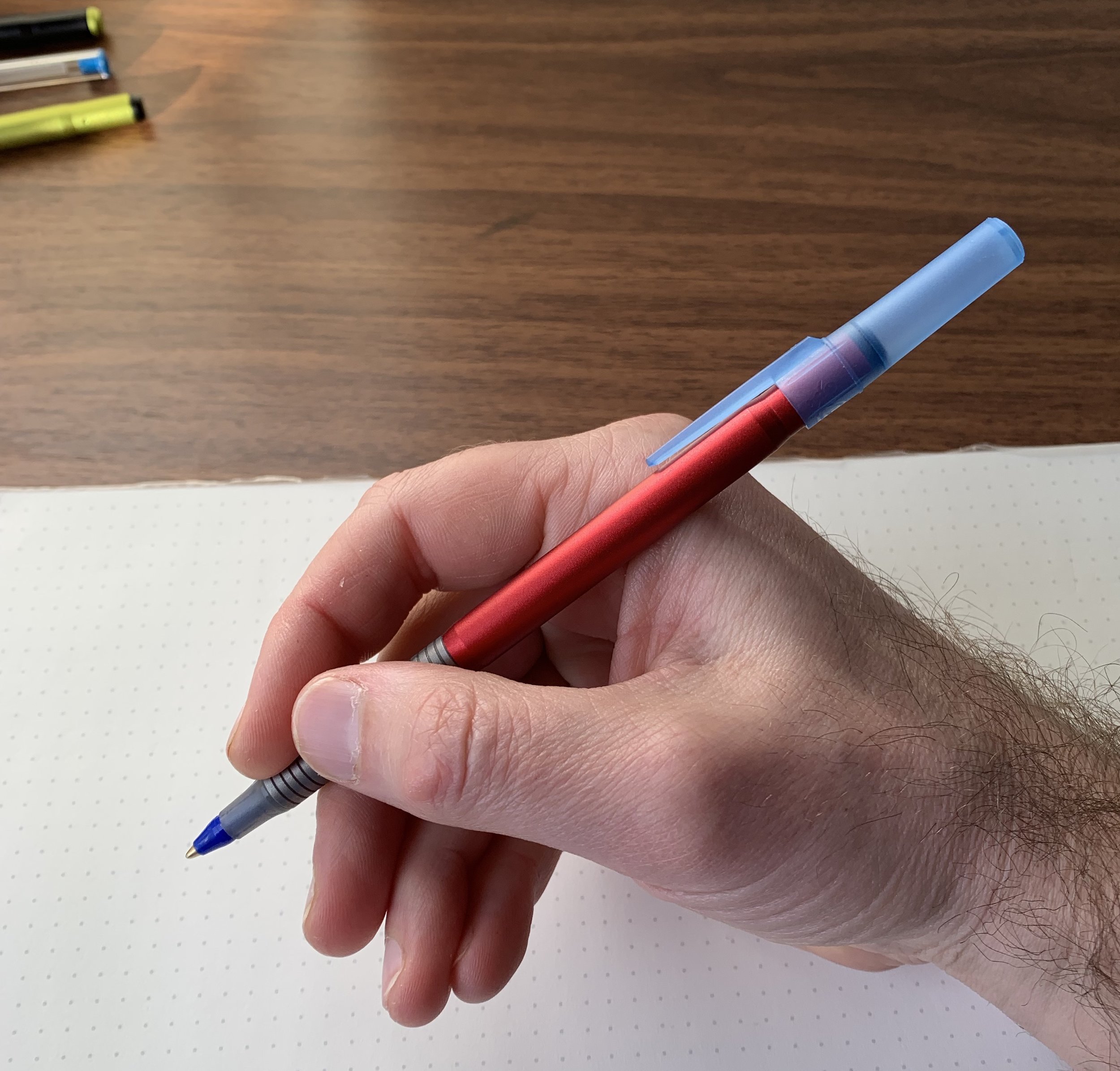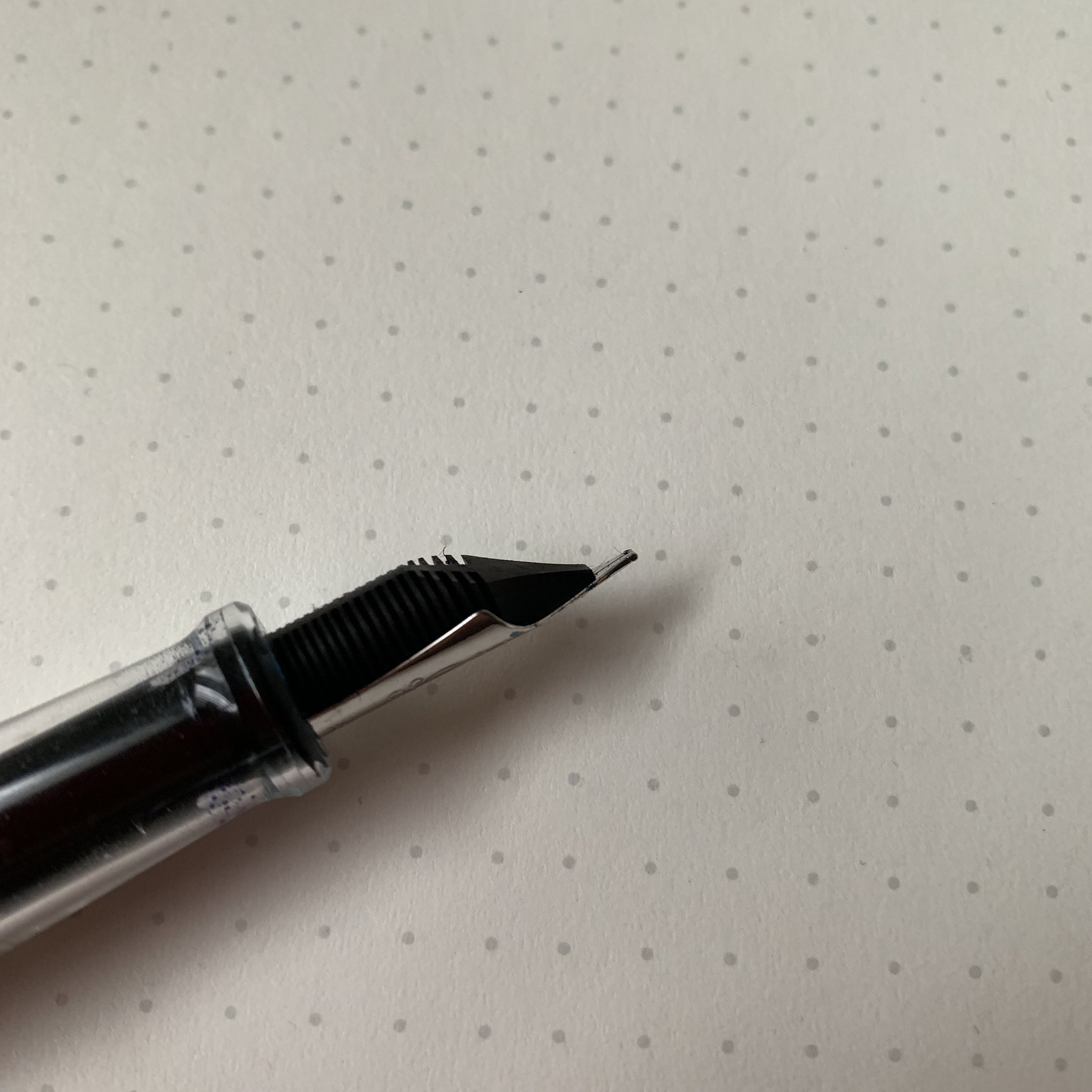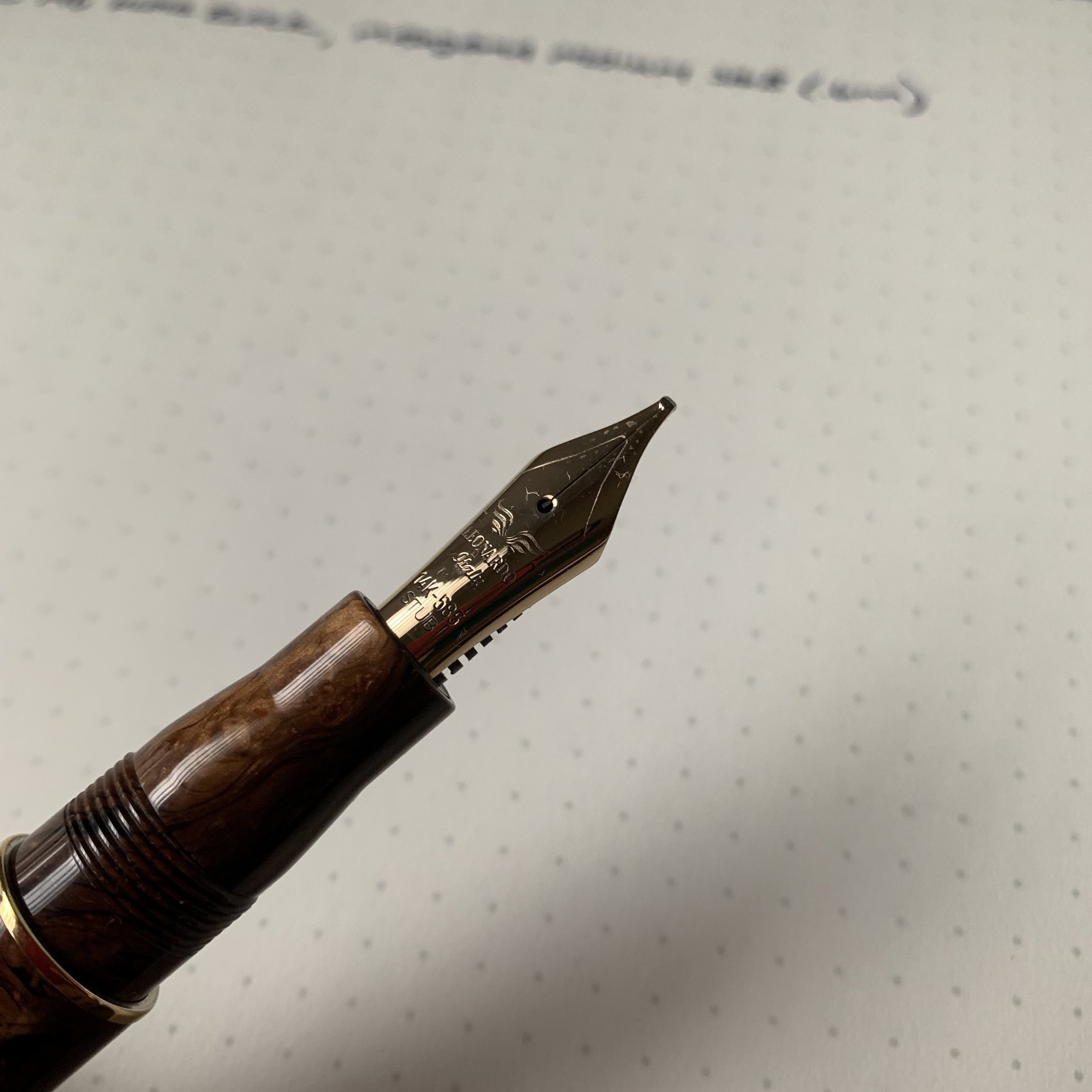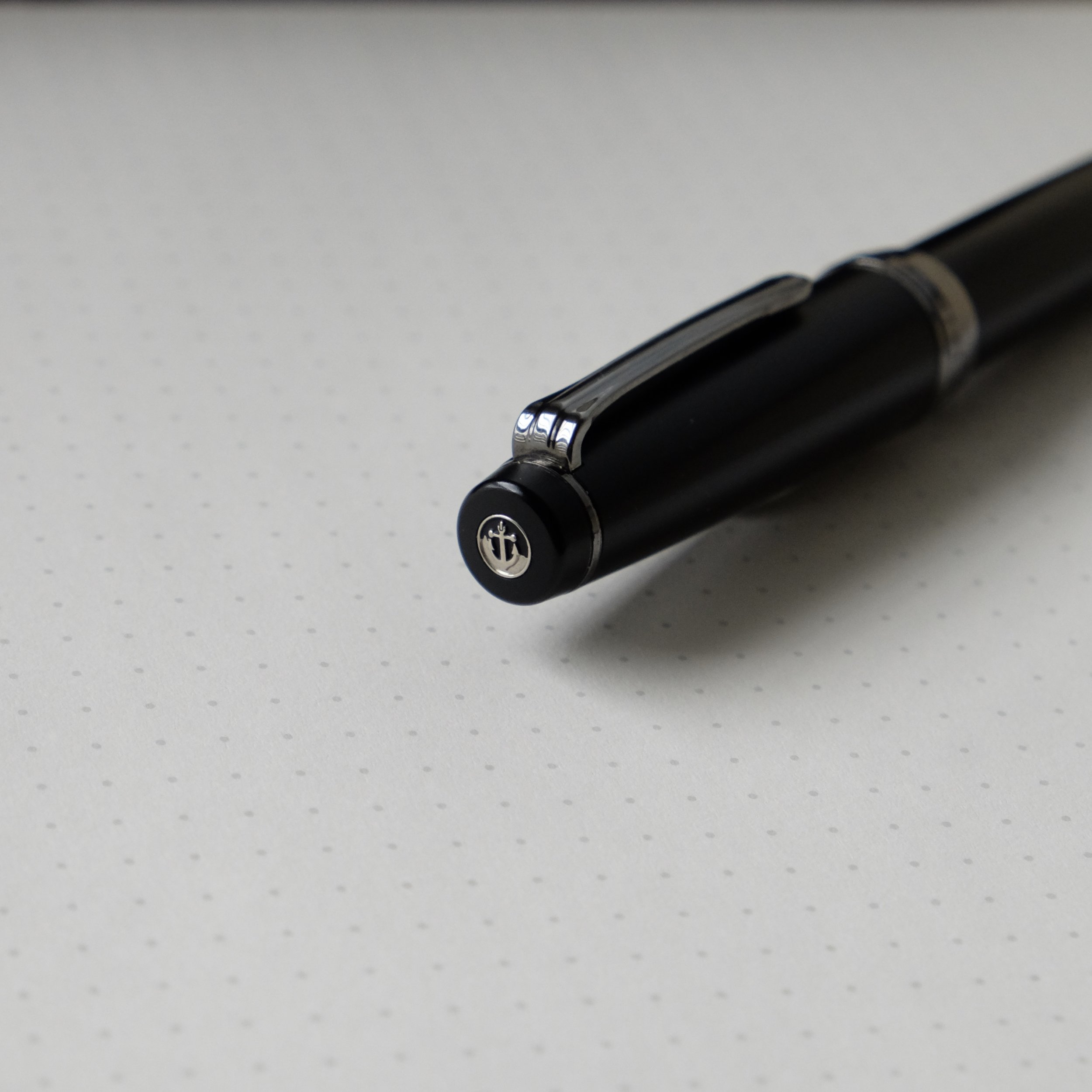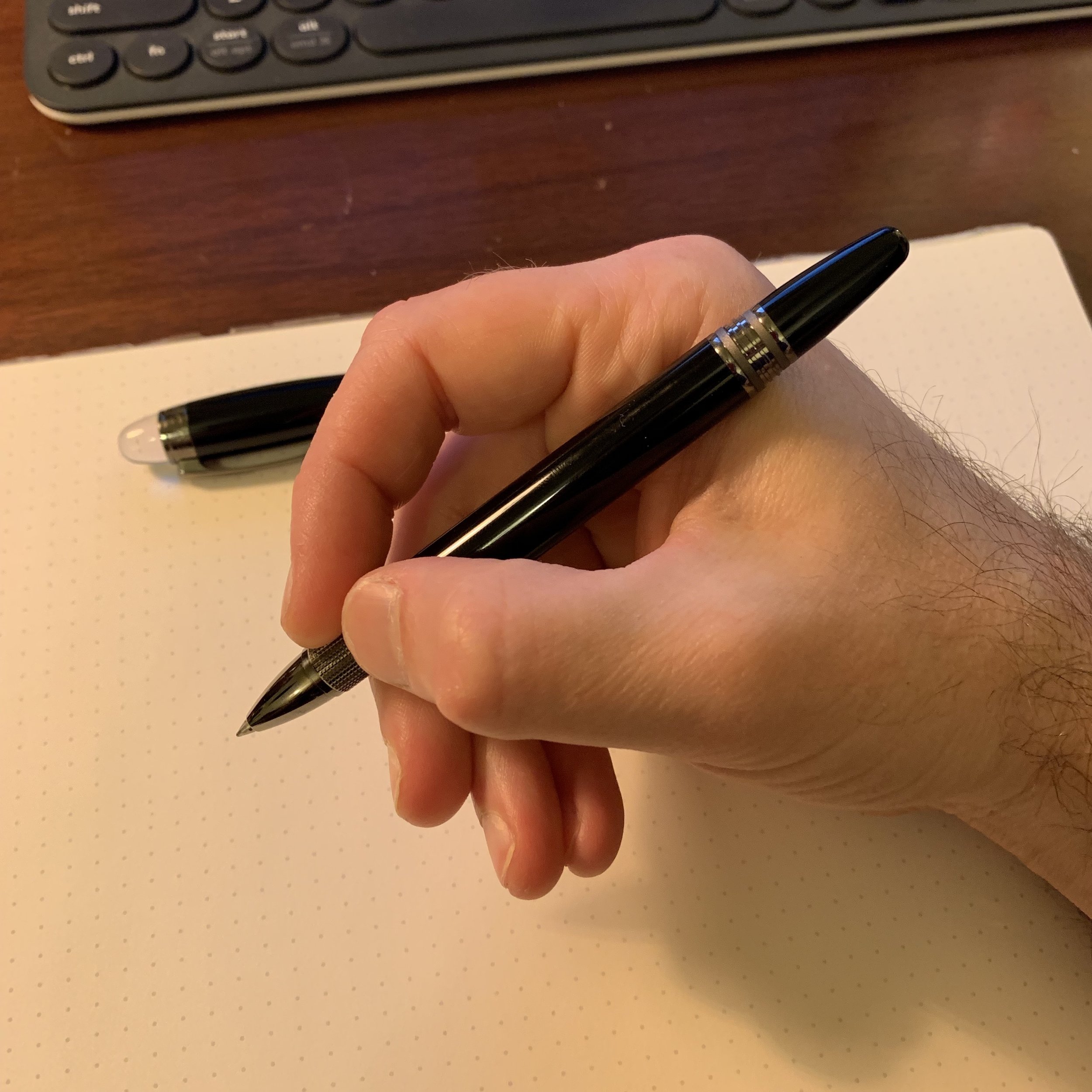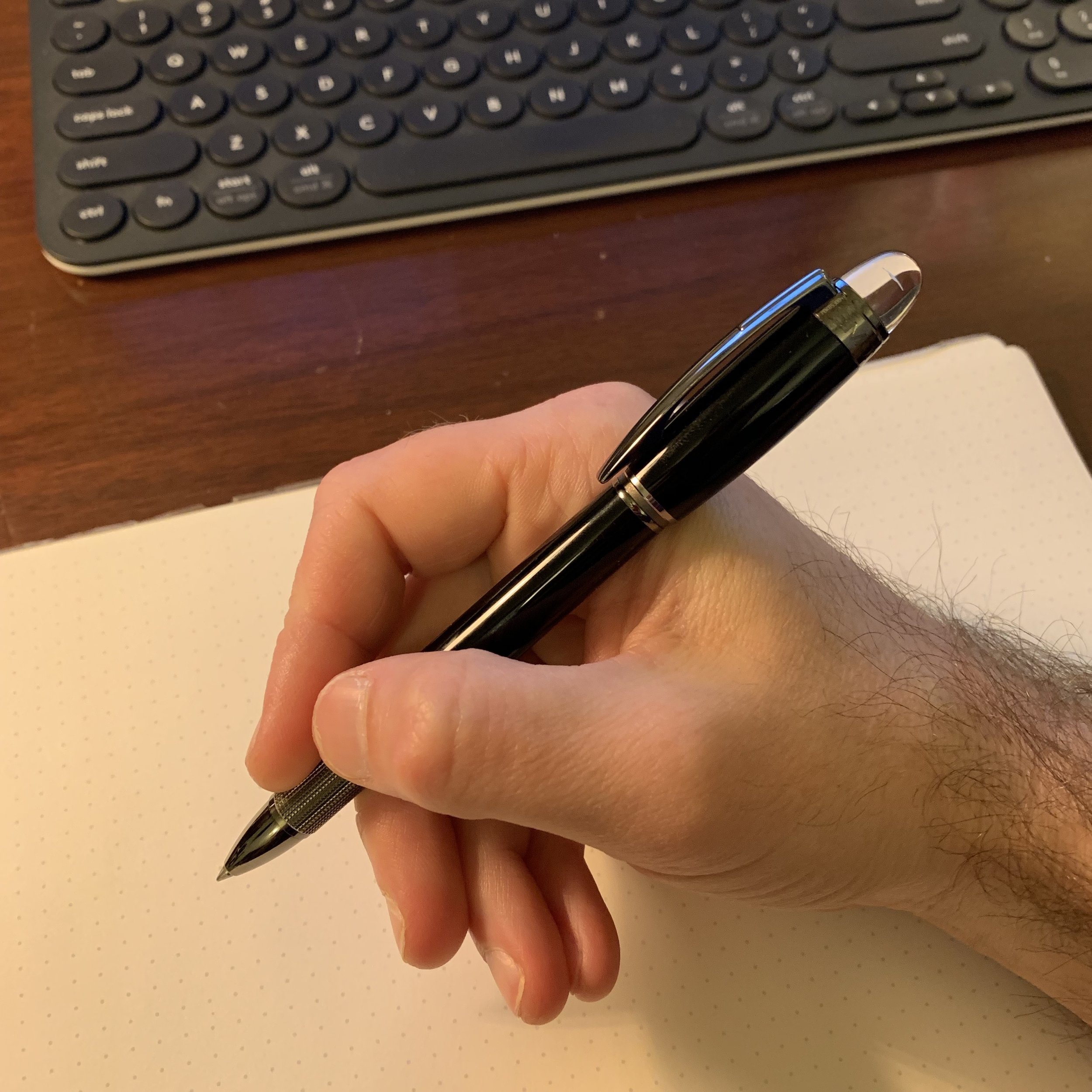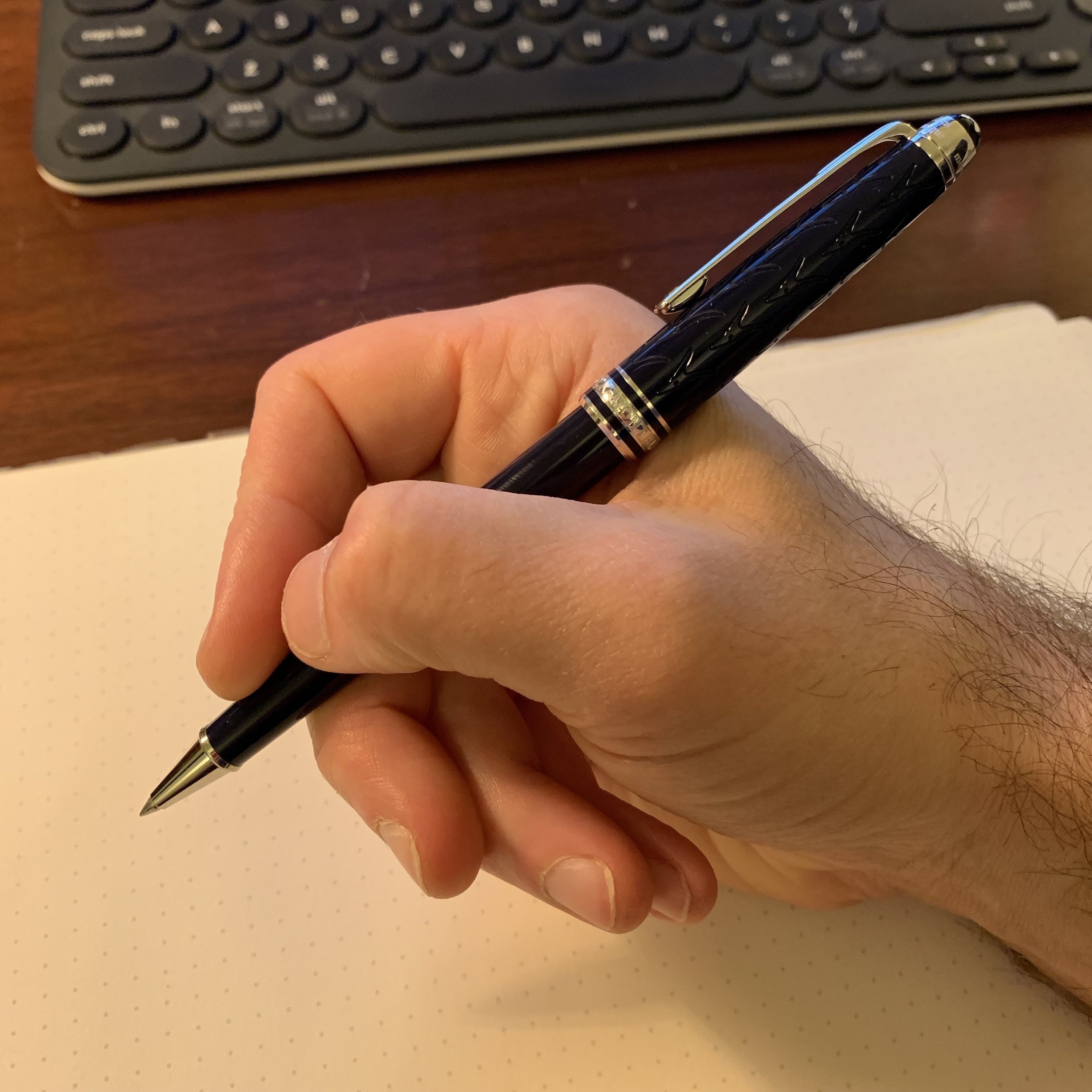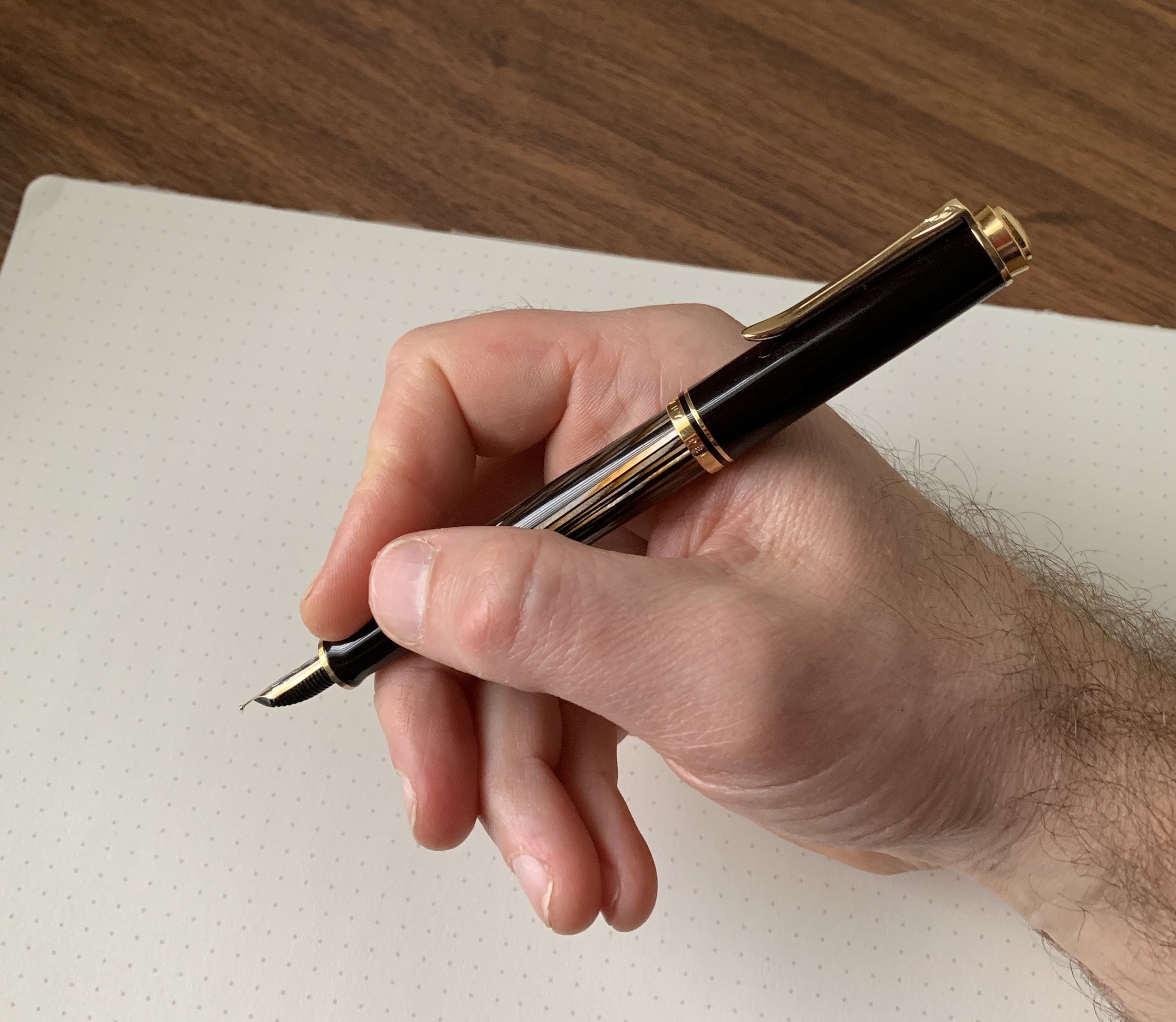I make no apologies for the fact that I’m an unabashed fan of Bic ballpoint pens. Whether it be the original Bic Cristal, the retractable Bic Clic, or those ginormous Bic multi pens that you carried in third grade, I have and use them all regularly. I consider them the ultimate low-cost, low-distraction, functional writing tool that will work reliably pretty much anywhere except underwater or upside down (which is when you would want to reach for your Fisher Space Pen or other pressurized cartridge).
The pens featured here are technically the Baux Pen 2, a follow-up on the original Baux Pen Kickstarter project from 2013, which launched and closed long before I was far enough down the pen-internet rabbit hole to be aware of it. The project is run by brothers Dan and Brian Conti. You might recognize Brian from his company, Spoke Design, which makes the excellent Spoke Pencil and the current Spoke Pen Kickstarter, a collaboration with Brad Dowdy from the Pen Addict.
The product itself is fairly simple: the Baux Pen is an aluminum stick pen with textured aluminum or titanium grips (shiny or blasted matte) that borrows the rest of the parts from the Bic pen itself. To replace the refill, you remove the plastic “collar,” the refill with the writing tip, and the cap from a Bic Stic pen and insert those parts into the Baux Pen body. It’s very easy and straightforward.
How to disassemble a Baux Pen to incorporate the refill: If you want to use the refill from a Bic Cristal, you will need to borrow the “collar” (pictured second from left) from a Bic Stic to seat the Cristal refill in the Baux Pen. You can then use the ultra fine ballpoint refills from pens like the Bic Cristal “Xtra Precision”, in all their multicolor glory.
One thing I love about the Baux Pen is the grip. I opted for blasted titanium on all three of my pens, and the combination of the matte texture and rings make this a super-comfortable pen to write with. Since titanium and aluminum are both lightweight, you don’t lose one of the best attributes of the Bic pens - their “go-anywhere” portability - and the Baux pen body has a nice balance. The end of the barrel is slightly tapered, allowing you to post the cap. Plastic Bic Stic caps, of course, add no weight whatsoever.
Takeaways and Where to Buy
When this Kickstarter Project was pending, I heard it characterized in many circles as “specialized” or targeted only to artists, designers, and others who use Bic pens for drawing in connection with their work. I disagree. Whether they want to admit it or not, everyone has Bic pens lying around their house, stashed in their car, or in their bag for those occasions when nothing else will work, such as writing on those shiny USPS shipping labels from the post office and all those multi-sheet forms you need to fill out when mailing a package.
If you like the feel and writing properties of a Bic ballpoint, but want to upgrade your daily writing instrument to something just a bit nicer looking, the Baux pen is a great upgrade that doesn’t cost much at all. I backed for three pens with titanium grips, and the price came to $36. The cost for backing a single aluminum pen is only $9. Now that the project has finished shipping, I hope that the Baux Pen gets a wider release (perhaps through the Spoke Design shop?) because it’s a great product that deserves wider exposure than the Kickstarter received. Unfortunately, I haven’t been able to find a retailer where this pen is being sold outside of Kickstarter, but hopefully that’s because the creators wanted to fulfill Kickstarter orders first.
Disclaimer: I purchased the pens featured in this review with my own funds, for my own collection. This post contains affiliate links.
